Cost, environmental concerns and even a lack of knowledge can get in the way of ensuring that a store is lit correctly. What can retailers, store designers and lighting consultants do to bridge the gaps.
With the economic outlook for 2011 being, at best, uncertain, and at worst, heading for a double-dip recession, retailers will be scrutinising their budgets when it comes to refurbishing stores next year. On top of that, rising energy costs and the importance of sustainability are putting additional pressure on retailers’ lighting strategies. Yet despite the doom and gloom, retail design specialists were upbeat at an early morning breakfast held by Retail Week and Philips Lighting. The topic under scrutiny was lighting, retail and design and if there was a single thing that emerged from an hour of, at times, passionate discussion, it was that retailers and store designers don’t know enough about the subject and that they need help.
The initial question and one that elicited a resounding “yes” was whether lighting actually matters. Jeff Kindleyside, managing director of retail design consultancy Checkland Kindleyside, said: “If you don’t have light, you can’t see the product. If I had my own store and I could only have two things, they would be product and lighting.” Sarah Page, creative director at design studio Household, agreed: “Lighting can make or break a retail project.” She added that retailers needed to be “brave” if they are to be successful and that lighting should form part of this. Hardly remarkable perhaps, but most agreed lighting is occasionally overlooked when describing what needs to be done to bring a store design on a computer screen to life and that there are times when it can even be something of an afterthought.
There was also the matter of value for money - a subject close to the hearts of the majority of retailers. “Manufacturers are providing more efficient lighting because they are being pushed to do this,” said Russell Lipscombe, founder and owner of Light Tecnica, a lighting consultancy that numbers a fair tranche of UK retailers among its clients. Mike Simpson, technical director at Philips Lighting, provided an example of the tendency by noting that “one supermarket” is currently working with Philips “to knock 40% off its energy bill”.
All of which might seem to point to the conclusion that if saving money on energy is at the top of the agenda then perhaps this means a general downgrading of the in-store experience as store interiors are plunged into semi-darkness. A few around the table championed daylight as the antidote to this, observing that natural light is not only more acceptable to most shoppers, but that it carries with it the capacity to make people feel better about a retail space as daylight “is good for you”.
A cynic among them noted, however, that many retailers trade from basements as well as environments in which daylight can be allowed to penetrate and also that there are certain times of the year when daylight is in distinctly short supply. Back to the drawing board therefore and how can retailers continue to light their stores effectively, while at the same time saving money and being seen to be more sustainable?
And there is fear. Chris Dewar-Dixon, creative director at design consultancy Four IV, said that one of his clients “is afraid to blast the space with light because they’re very conscious of sustainability”.
Paul Bretherton, director at Paul Bretherton Design, recalled that when Tesco opened an eco-store in Wick the carbon footprint of the stores was cut by 50%, thanks to innovative use of, among other things, store lighting. Practically, this meant allowing greater amounts of daylight into the store via a saw-tooth roof that had window-panes embedded into part of its structure. This did not mean a dark store at points in the year when there are only a few hours of daylight - the store had variable lighting that increased in intensity as external light diminished. “It was an expensive experiment but we built another store in Shrewsbury and aspects of the Wick design are being used across the main chain. Clients are now recognising the importance of lighting and lighting is a specialist field,” he said.
Shine the light
And on the saving money front, there are real developments for retailers. David Dalziel, creative director at Dalziel + Pow, said: “We’re now using 35 watt lamps when we used to use 70, but the effect is identical.” Does technology therefore hold the answers and is the future for lighting and for retailers a hi-tech one?
Lipscombe noted that lighting technology is still in development that will deliver more efficient light fittings that require lower wattages to provide the same level of illumination as more highly rated higher fixtures currently in use by retailers. “Think of computers and mobile phones - you buy one, and the next day it’s out of date. And prices come down, too,” Simpson added. There is, of course, the small matter of persuading retailers that this is the right thing to do if this line of thinking is pursued, as in many instances consumers display a marked tendency to hold off from making a technology purchase, worried that something new will appear the following week.
So what matters more, lighting consultants or designers when it comes to creating an in-store scheme? Portland Design creative director Lewis Allen argued succinctly that there are different roles and both are needed. “Retail designers are not taught about lighting - we know where the light switch is and that’s about it.”
Twelve Studio owner Bill Cumming said while emotion can be conveyed through lighting, it’s the job of the store designer to convey the experience that is needed to the lighting consultant and for them to work together to make this happen. The lighting consultant is part of a design team: part of creating an in-store environment. But he or she is a true specialist who only needs to be bought in on an ad hoc basis. All around the table agreed that such is the level of technical sophistication in store lighting, and it continues to gather pace, that the advice of lighting consultants will grow in importance.
No self-respecting store design that is going to gain the custom of savvy shoppers can be created without recourse to them. However, the point for retail design consultancies is that employing a lighting consultant full time is something of a non-starter as services of this kind are only required sporadically.
It is also worth noting that store lighting consultants remain thin on the ground. Cummings posed the question: “How many lighting designers can you name?” Answer came there none. A wide-open field therefore for those in search of a retail-related career, but only if you can fuse creativity with real technical know-how - an unusual combination.
It’s a situation that, from a retailer’s perspective, will probably not be apparent and there is little reason why this should change. The important lesson that emerged from this gathering of like-minded store design experts is that lighting has to be planned into a store design at the earliest possible stage. Post-design layering-on of a lighting scheme just won’t work for retailers, designers or, most of all, shoppers.
Lighting - what matters?
- Saving energy is a given but most retailers lack the expertise to make this a reality
- Daylight is an important ally, but in the UK there are significant periods when retailers cannot rely upon this
- Technology will provide some of the answers to energy-saving lighting schemes, but generally retailers will require the services of an informed expert to make best use of it
- Store lighting must be included from the outset when designing a new shop, rather than layered-on retrospectively
- Don’t expect store designers to be lighting experts - they won’t be





















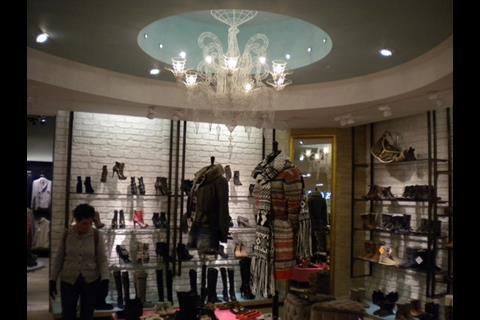
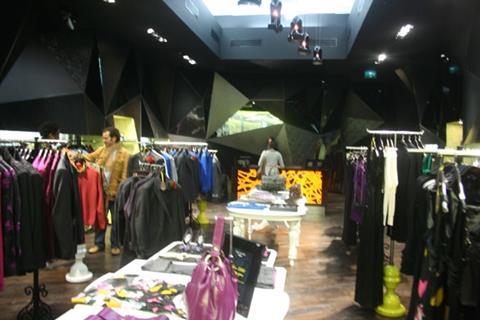
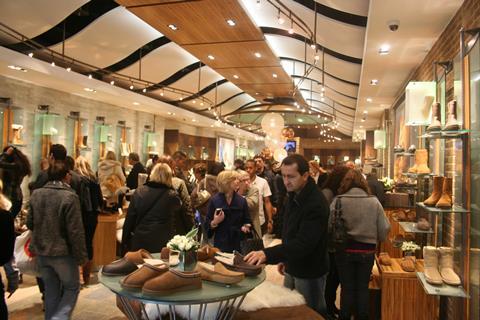
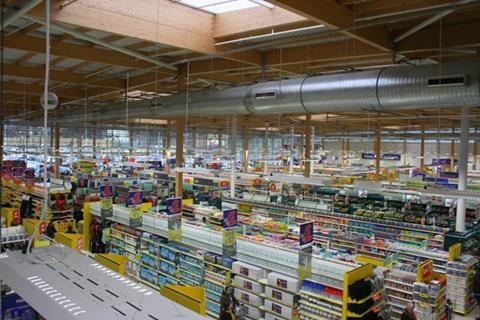





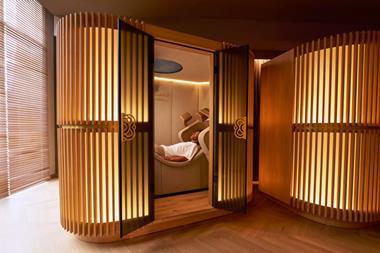
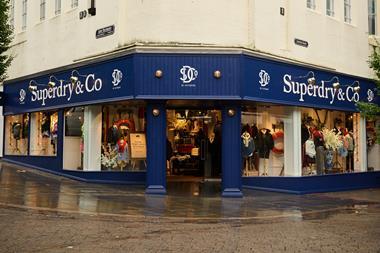
No comments yet